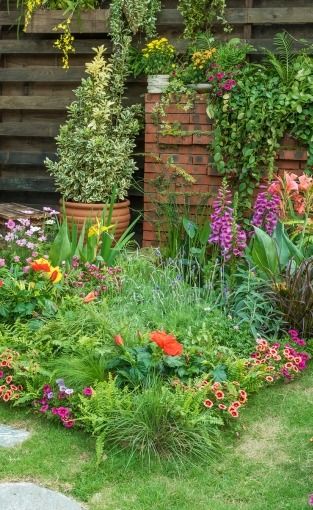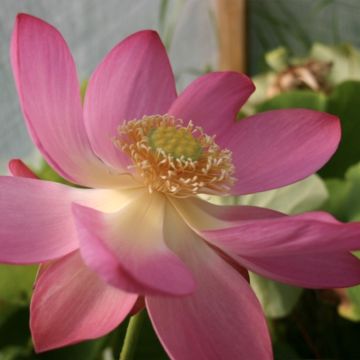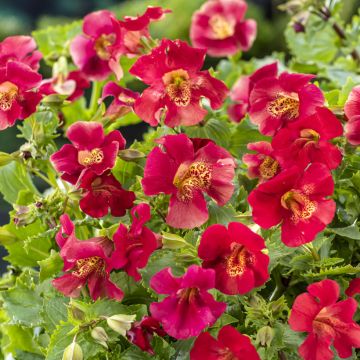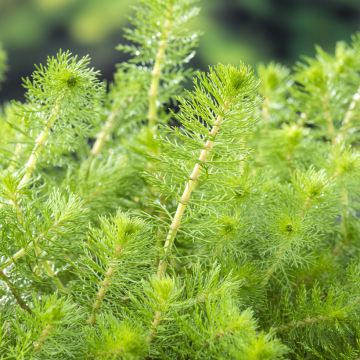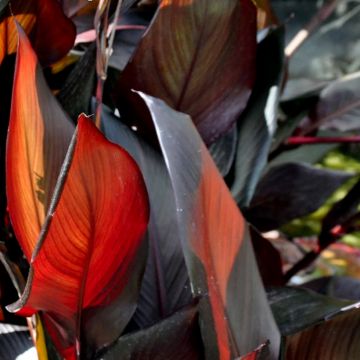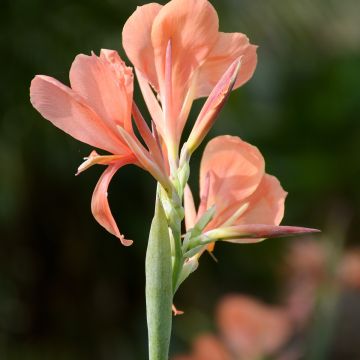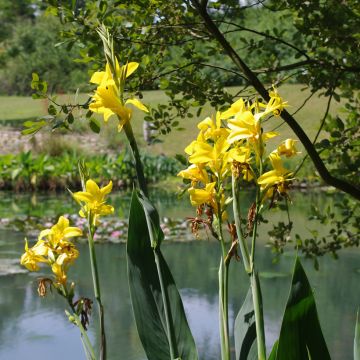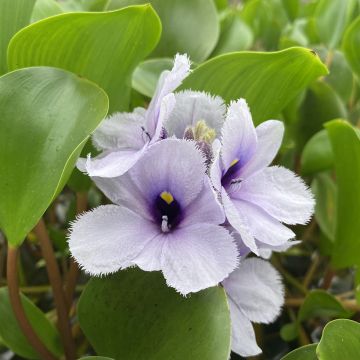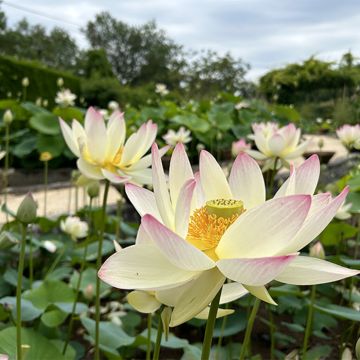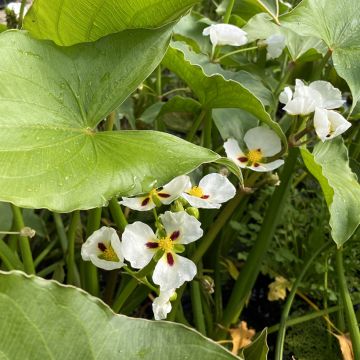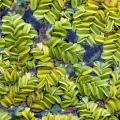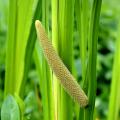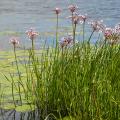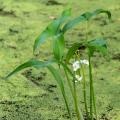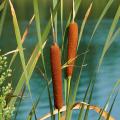Aquatic plants for 5 to 20 cm of water
Would this plant suit my garden? Set up your Plantfit profile →
Available in 1 sizes
Available in 1 sizes
Available in 1 sizes
Available in 1 sizes
Available in 1 sizes
Available in 1 sizes
Available in 1 sizes
Available in 1 sizes
Available in 1 sizes
Our range of aquatic plants is to be planted under 5 to 20 cm of water. These are emergent plants or of shallow depth. This category includes the Pontederia cordata, arrowheads like Sagittaria sagittifolia, the Water Arrowhead, the Acorus gramineus (Japanese Rush), the Nile Papyrus, and Cyperus papyrus. Among the native species, we can mention the Alisma parviflora or Water Plantain, a large plant with small white flowers intended for larger ponds that can be used in water treatment. All these perennials have their roots underwater, anchored in the mud, but their foliage emerges from the surface.
The planting depth (between 5 and 20 cm) corresponds to the water height between the top of the planting basket or the neck of the plant and the water surface (the height of the basket is, therefore, not included).
Haven't found what you were looking for?






























